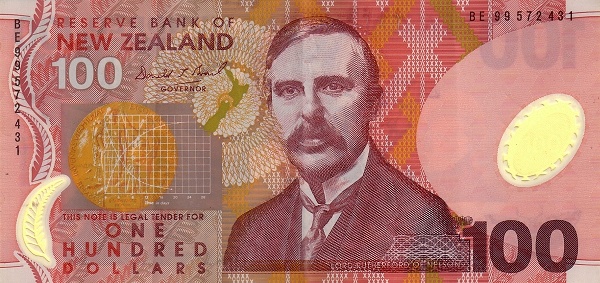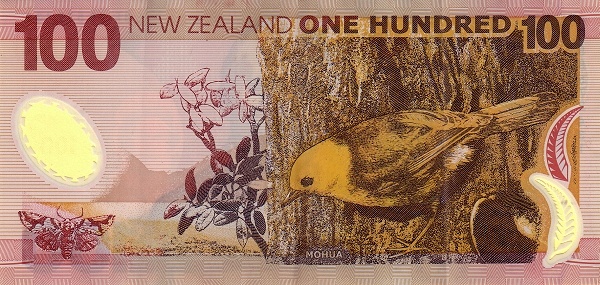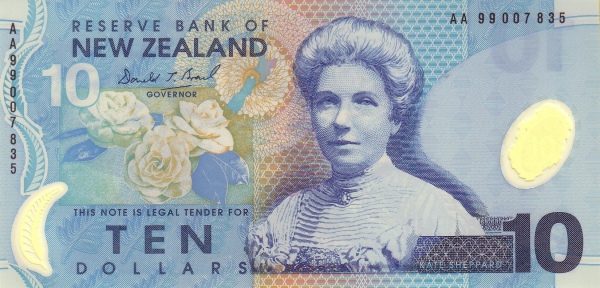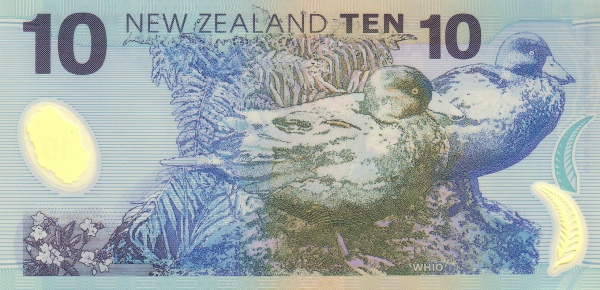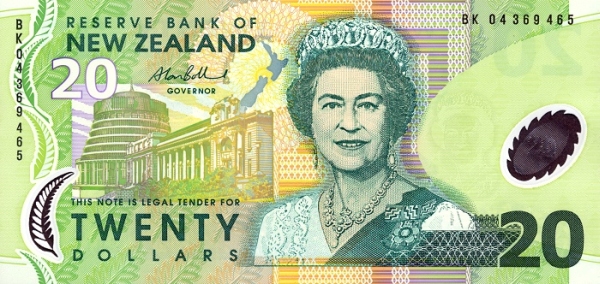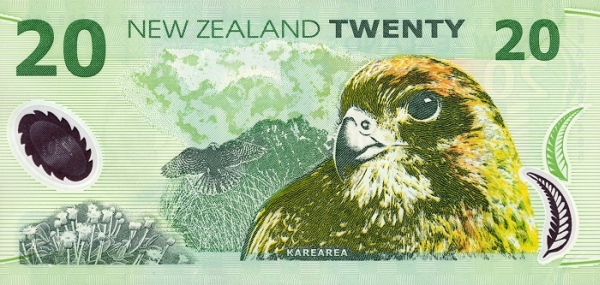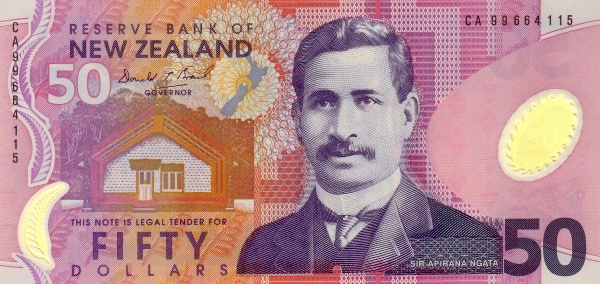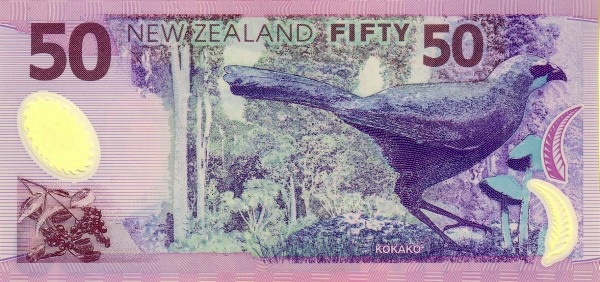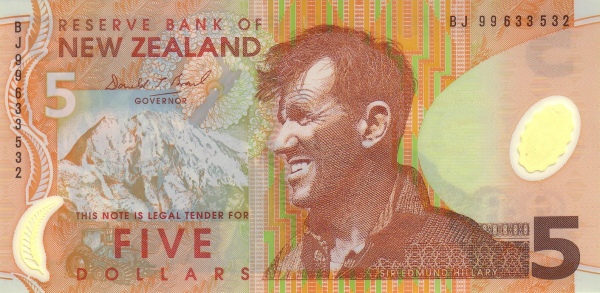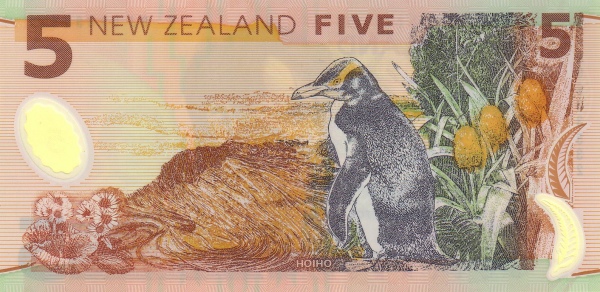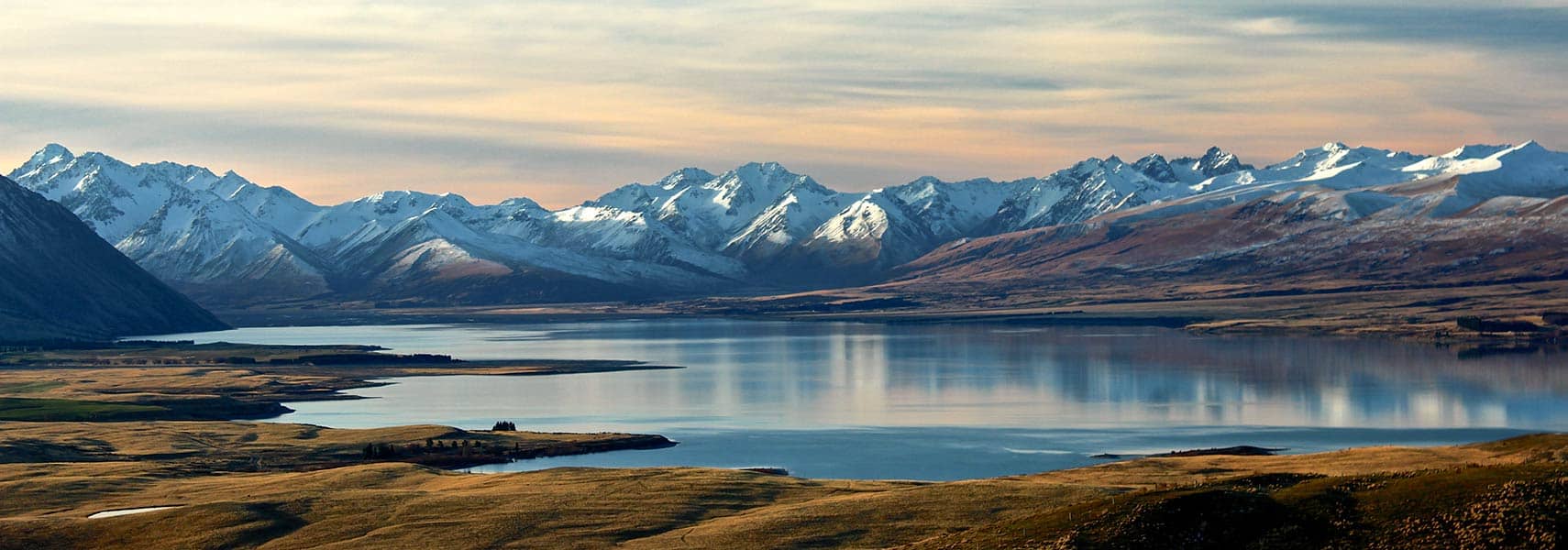Discovering New Zealand: A Land of Natural Beauty
New Zealand, often referred to as Aotearoa, captivates with its stunning landscapes and rich cultural heritage. This island nation, nestled in the South Pacific Ocean, lies approximately 2,000 kilometers (1,300 miles) southeast of Australia. Comprising two principal islands, the North Island (Te-Ika-a-Maui) and the South Island (Te Wai Pounamu), New Zealand stands out for its breathtaking scenery and diverse ecosystems. The Cook Strait divides these islands, creating a natural boundary that adds to their allure. Additionally, New Zealand shares maritime borders with Australia, as well as the island nations of Fiji and Tonga, further enriching its geographic significance.
Geological Wonders of New Zealand
The islands of New Zealand form part of the submerged continent of Zealandia. Historically, Zealandia represented a significant portion of the super-continent Gondwanaland. Although mostly submerged, this geological connection provides a fascinating perspective on New Zealand's landscape. The country boasts an area of approximately 270,467 square kilometers, making it slightly larger than the United Kingdom, which spans about 242,900 square kilometers. It is also comparable in size to the U.S. state of Colorado.
A Thriving Population
As of early 2021, New Zealand's population reached around 5.1 million. Wellington serves as the capital city, while Auckland stands tall as the largest city in the nation. English dominates the linguistic landscape, with approximately 95% of the population speaking it, alongside the indigenous language of Māori. This blend of cultures and languages reflects New Zealand's unique history and welcoming spirit.
An Overview of New Zealand's Rich History
The Arrival of the Māori
The Polynesian Māori first reached New Zealand around A.D. 800, marking the beginning of an intriguing chapter in the island's history. Following this, the Dutch explorer Abel Tasman became the first European to set foot on New Zealand in 1642. However, it was British explorer Captain James Cook's comprehensive mapping of the islands in 1769 that opened them to more extensive exploration and eventual colonization.
The Treaty of Waitangi
In the early 19th century, missionaries arrived in New Zealand, aiming to convert the Māori to Christianity. These efforts coincided with a dramatic influx of European settlers, creating a complex socio-political landscape. In 1840, Māori chieftains signed the Treaty of Waitangi with Britain, ceding sovereignty to Queen Victoria while ensuring their territorial rights remained intact. This pivotal agreement represents the foundation of modern New Zealand's governance.
Conflict and Change
The period following the Treaty saw a series of land wars between 1843 and 1872, which ultimately ended in the defeat of the Māori people. By 1907, New Zealand evolved into an independent dominion. Throughout both World Wars, the country pledged military support to the United Kingdom, strengthening bilateral ties. However, by the 1980s, New Zealand's military alliances started to decline, prompting a reevaluation of its geopolitical stance.
Addressing Māori Grievances
In recent years, the New Zealand government has worked to reconcile with Māori communities, actively addressing longstanding grievances stemming from colonial policies. Current initiatives strive to foster better relations and promote equity, illustrating New Zealand’s commitment to honoring its historical roots while paving the way for a harmonious future.
New Zealand's Political Framework
New Zealand operates as a parliamentary democracy within the Commonwealth realm. The British monarch, represented by a Governor-General, serves as the Chief of State. Though the monarch retains a formal role in executive functions, the Prime Minister acts as the head of government, leading the cabinet and overseeing the nation's governance. Since 1987, New Zealand has adhered to a constitution that outlines the interplay between its citizens and the state, ensuring a foundation of rights and obligations.
Conclusion
In summary, New Zealand presents a compelling narrative of natural beauty, cultural richness, and historical complexity. From its stunning landscapes and unique geological origins to its vibrant population and intricate political framework, New Zealand retains a distinctive identity on the world stage. As the country continues to evolve, it remains a remarkable destination for those seeking adventure, history, and a deeper understanding of a land shaped by its past.
In the realm of travel, New Zealand stands out as a country that invites exploration, with an array of breathtaking sights and experiences waiting to be discovered. Whether you walk through lush rainforests, traverse rugged mountains, or immerse yourself in the unique Maori culture, New Zealand promises an unforgettable journey.
Largest cities of: New Zealand
| City Name | Population | Year of foundation | |
| Wellington | 418,500 | 1840 | |
| Auckland | 1,762,000 | 1840 | |
| Christchurch | 400,000 | 1850 | |
| Hamilton | 176,500 | 1864 | |
| Tauranga | 150,400 | 1872 | |
| Dunedin | 130,000 | 1848 | |
| Palmerston North | 87,000 | 1871 | |
| Napier | 65,000 | 1850 |
New Zealand: Money
